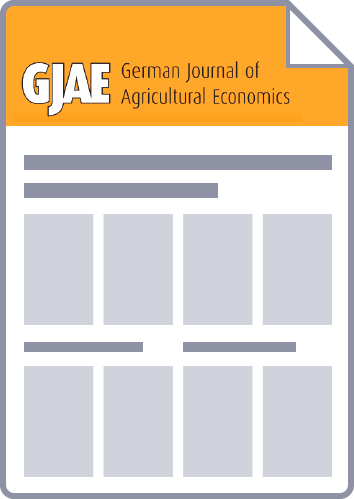This paper invokes the concept of path dependence to gain new conceptual insights into the competition between conventional and organic agriculture. We develop a simple model of path dependent agricultural technologies to demonstrate how random events at the beginning of the development path of a technology, combined with increasing returns to adoption, can give rise to an early lock-in of an inferior production system. We conclude that, depending on the circumstances, there may be a place for policy intervention to break the dominance of locked-in agricultural technologies. Any such policy should aim at enhancing network externalities within the organic sector and contribute to the development of the long-term technological potential of organic agriculture.



